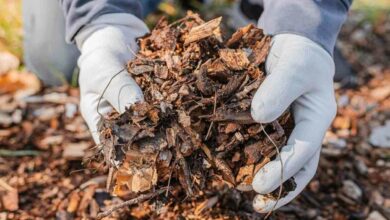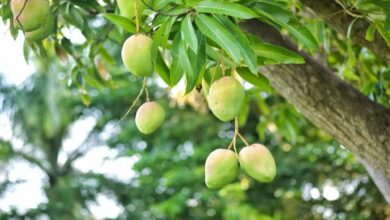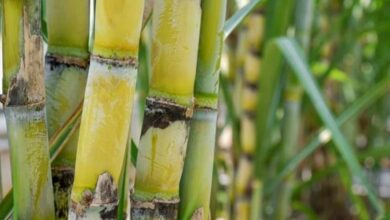Blue bandha Farming: Farmers of Barabanki are earning good profits by sowing blue bandha
Blue bandha Farming: Green vegetables are produced in large quantities throughout the winter, but demand for them is also strong since winter is a time when people eat a lot of cauliflower, cabbage, and other vegetables. As a result, farmers are now growing blue bandha, which is similar to cabbage, since it is a product that can be prepared more quickly and has a good market price. As a result, farmers might benefit from its cultivation to the tune of thousands of rupees.

Make a healthy profit.
This district farmer has been growing blue bandha for years since he makes a healthy profit relative to the expense of production. Ashok Kumar, a farmer from the Barabanki district’s Pipraha hamlet, began growing blue bandha with other vegetables at the same time and made a healthy profit. He is now growing blue bandha in around one bigha. He makes between 80 and 90 thousand rupees on a single harvest from this farming.
Two years of farming it
Blue bandha farmer Ashok Kumar told the reporters that while he has been growing vegetables for a long time, he has just been growing blue bandha for the last two years. Its cultivation is comparable to that of cabbage, but it is superior to other crops since it is less expensive and yields higher profits.
Restaurants are the source of demand.
He has now planted blue bandha in one bigha, which costs around 15,000 to 20,000 rupees per bigha and yields a profit of 80,000 to 90,000 rupees every harvest. It now sells for between 30 and 40 rupees a piece, and since large hotels and restaurants are the main customers, it commands a decent price.
Farming is simple.
“It is very easy to cultivate it,” Ashok adds. After preparing a nursery of its seeds, we plow the land thoroughly and apply cow dung manure and vermicompost. The blue bandha plant is then planted once the land has been flattened. It has to be watered right away after that. The crop is therefore ready to be sold after just 60 to 65 days after sowing.





